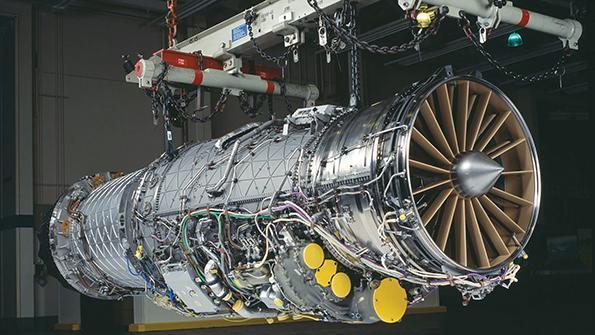As F-35 Engine Shortage Improves, Pressure Felt In Other USAF Fleets

Credit: U.S. Air Force
The U.S. Air Force has started to claw back from an engine shortage in its F-35 fleet that has grounded dozens of the aircraft, as Pratt & Whitney and the service’s depot have changed some processes and sped up production. Air Combat Command (ACC) boss Gen. Mark Kelly said Oct. 25 that within the...
Subscription Required
This content requires a subscription to one of the Aviation Week Intelligence Network (AWIN) bundles.
Schedule a demo today to find out how you can access this content and similar content related to your area of the global aviation industry.
Already an AWIN subscriber? Login
Did you know? Aviation Week has won top honors multiple times in the Jesse H. Neal National Business Journalism Awards, the business-to-business media equivalent of the Pulitzer Prizes.
